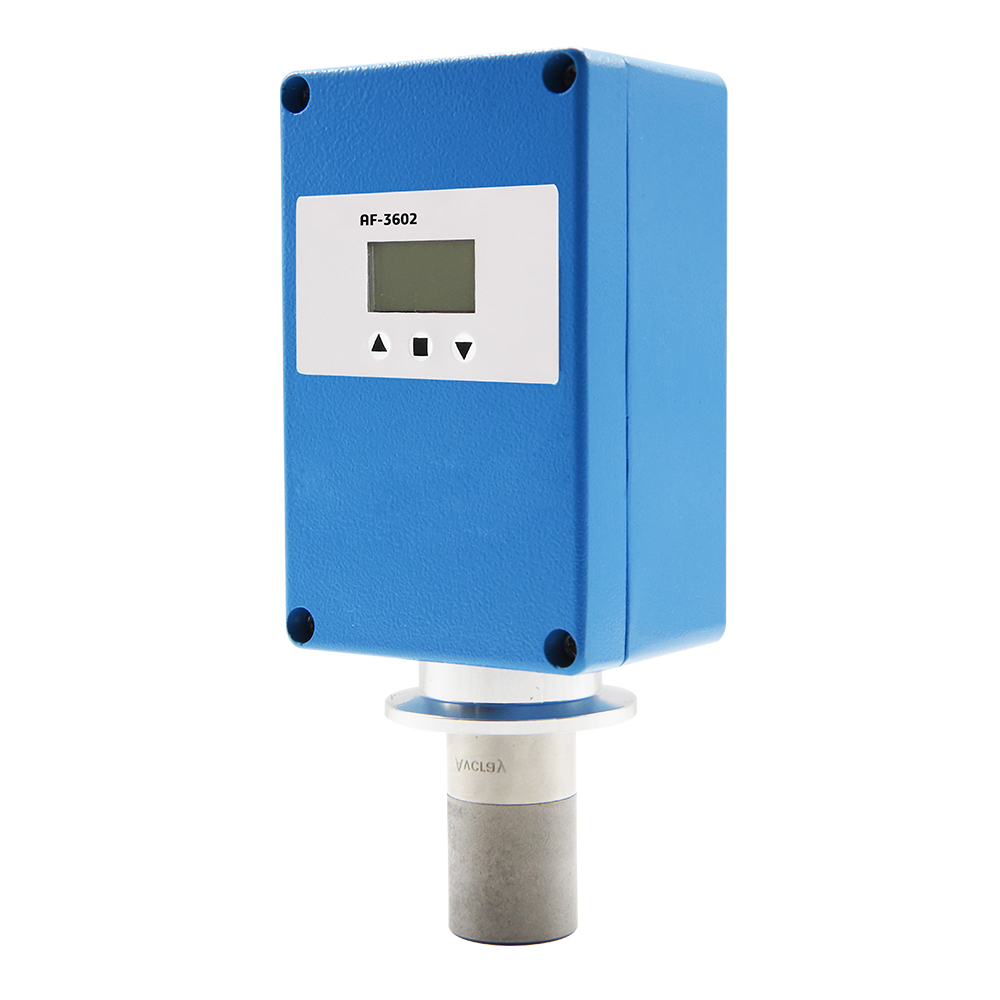Gas analyzers are widely used in petrochemical, environmental protection, gas, coal and other industries. For various safety production occasions and testing requirements, choosing the right gas analyzer is very important for everyone engaged in safety and health work.
Confirm the type and concentration range of the gas to be detected
The types of gases encountered in each production department are different. When choosing a gas analyzer, all possible situations must be considered.
For example, in the mining environment of coal mines, methane and less toxic alkanes are the majority, so it is undoubtedly appropriate to choose a combustible gas analyzer.
This is not only because the combustible gas analyzer has a simple detection principle and a wide range of applications, but it also has the characteristics of convenient maintenance and calibration.
If there are toxic gases such as carbon monoxide and hydrogen sulfide, it is necessary to choose a gas analyzer that detects combustible gas, carbon monoxide, hydrogen sulfide, and oxygen at the same time to ensure the safety of workers.
If there are more organic toxic and harmful gases, considering that the concentration that may cause personnel poisoning is low, such as aromatic hydrocarbons, halogenated hydrocarbons, ammonia (amine), ethers, alcohols, fats, etc., PID photoionization analysis should be selected Instead of using a combustible gas detector to deal with it, it may cause casualties.
If the gas types cover the above several types of gases, choosing a composite gas analyzer may achieve a multiplier effect with less effort.

Pay attention to the following points when using a gas analyzer:
1) Pay attention to regular calibration and testing.
Toxic and harmful gas analyzers are also the same as other analytical gas analysis instruments. They are measured by a relative comparison method: first calibrate the instrument with a zero gas and a standard concentration of gas, and the standard curve is obtained and stored in the instrument. During the measurement, the instrument compares the electrical signal generated by the concentration of the gas to be measured with the electrical signal of the standard concentration, and calculates the accurate gas concentration value.
Therefore, zero calibration of the instrument at any time and regular calibration of the instrument are indispensable tasks to ensure the accuracy of the instrument measurement.
It should be noted that many gas analyzers can replace the detection sensor at present, but this does not mean that an analyzer can be equipped with different analyzer probes at any time.
Whenever the probe is replaced, in addition to a certain sensor activation time, the instrument must be recalibrated. In addition, it is recommended to perform a response test on the calibration gas of the instrument before using all kinds of instruments to ensure that the instrument really plays a protective role.
2) Pay attention to the detection interference between various sensors.
Generally speaking, each sensor corresponds to a specific detection gas, but any gas analyzer cannot be special.
Therefore, when selecting a gas sensor, you should know as much as possible about the detection interference of other gases on the sensor to ensure its accurate detection of a specific gas.
3) Pay attention to the life span of various sensors:
All types of gas sensors have a certain service life, that is, life span. Generally speaking, in portable instruments, the LEL sensor has a longer life span, which can generally be used for about three years; the life span of a photoionization analyzer is four years or longer;
The life of electrochemical specific gas sensors is relatively short, generally one to two years; the life of oxygen sensors is short, about one year.
The life of an electrochemical sensor depends on the drying up of the electrolyte in it, so if it is not used for a long time, sealing it in a lower temperature environment can extend its life. Due to the relatively large volume of fixed instruments, the life of the sensor is also longer.
Therefore, it is necessary to detect the sensor at any time, and use it within the validity period of the sensor as much as possible, and replace it in time if it fails.
View more quality oxygen sensors with low price and free shipping all over the world.
